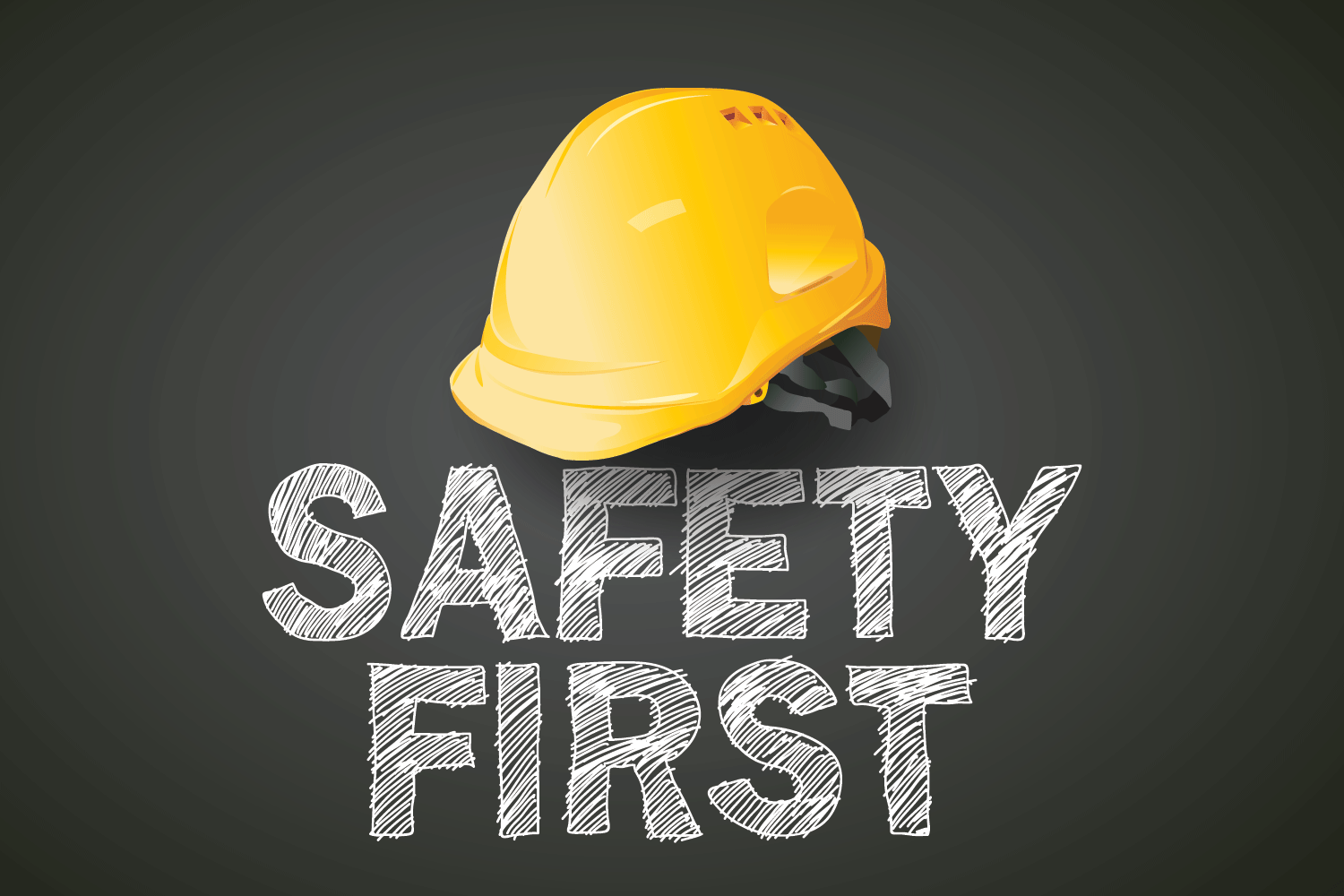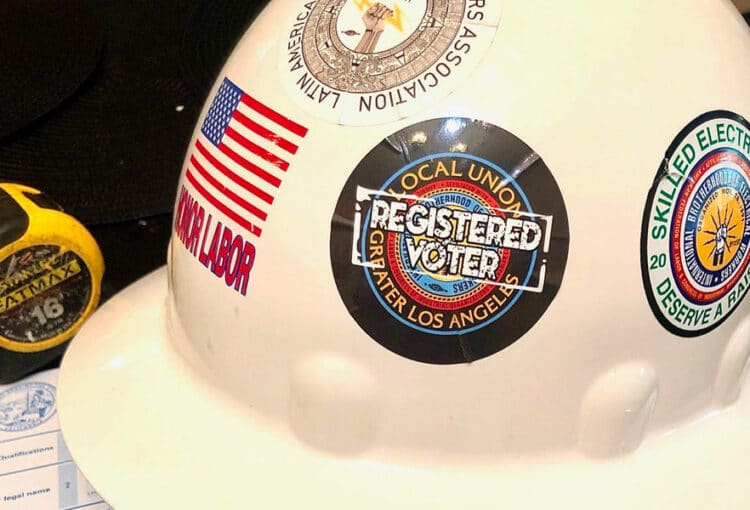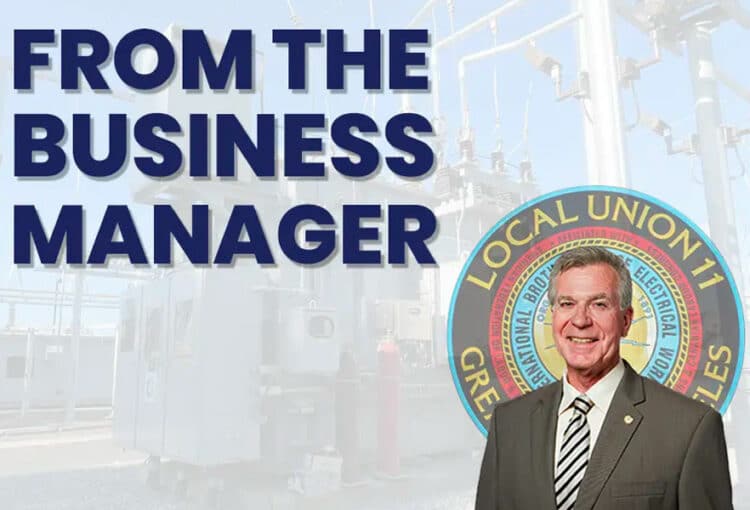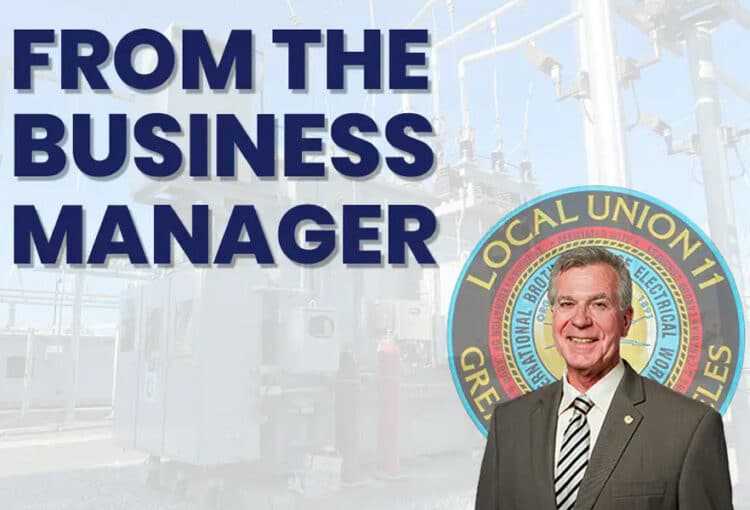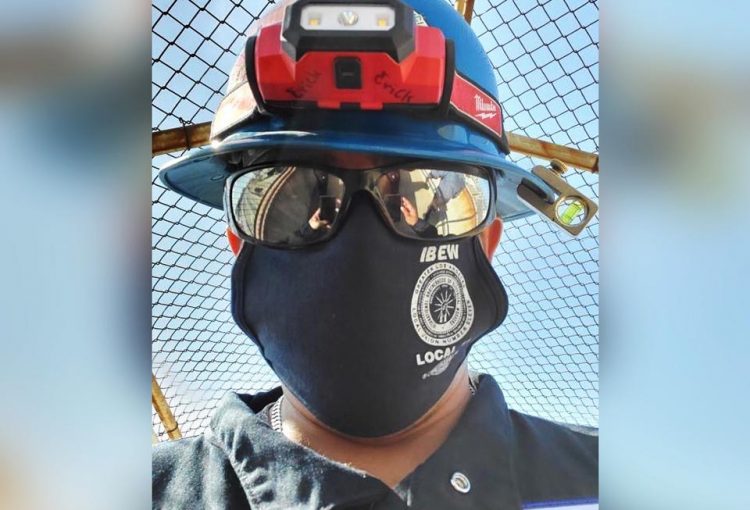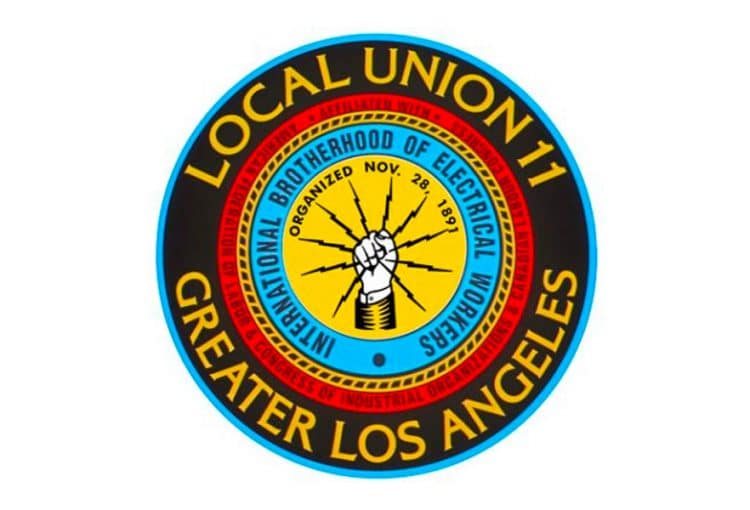The Basics on Trenching Safety
By Mike Costigan
In anticipation of the work picture picking up in Los Angeles County soon, it’s inevitable that some of the projects will include some underground duct bank work. So, with that being said, let’s review some of the Cal OSHA safety regulations regarding trenches.
A trench is defined as a narrow excavation made below the ground where the depth is greater than the width, but not wider than 15 feet. Before beginning an excavation, the soil must be evaluated by a competent person to select the appropriate protective systems for trenches five feet or greater.
There are three classifications of soil.
- Type A soils are the least dangerous. They include cohesive soils like clay, silty clay and clay loam.
- Type B soils examples are angular gravel, silt, sandy clay loam.
- Type C soils are gravel, sand, and loamy sand.
Each type of soil classification requires different protective systems considerations.
Protective systems include sloping or benching, shoring using aluminum hydraulic or other types of supports to prevent soil movement, and shielding trench walls using trench boxes.
Trenches four feet or greater require a means of egress by either stairways, ladders, ramps, or other safe means. Plywood may be used to build a ramp if it has cleats or other surface treatment for traction.
Trenches 20 feet or deeper require a protective system designed by a registered professional engineer. Make sure all materials and spoils are at least two feet back from the edge of the trench, and never enter a trench with standing water.
Remember to install barricades and barricade tape to warn people who are not working on any trench-related activities to keep out. The safety person in charge must perform daily inspections before each shift.
If the safety person discovers any hazardous conditions, exposed employees must be removed from the hazardous area, and may not return until necessary precautions have been taken to mitigate the situation.
Hazardous atmospheres are another trench or excavation consideration to pay attention to. Those considerations include oxygen deficiency, high concentrations of combustible gas, and high levels of other hazardous substances.
We always recommend that our members refresh themselves on Cal OSHA regulations when starting any new dangerous tasks. Be sure to visit your Cal OSHA reference materials, or visit the Cal OSHA website https://www.dir.ca.gov/dosh/lawsandregulations.htm.
In solidarity and safety,
Mike Costigan
IBEW Local 11 Safety officer

